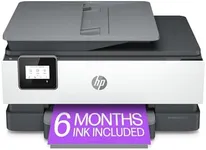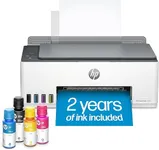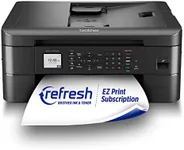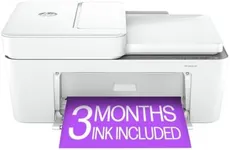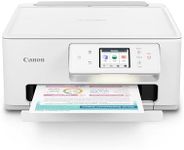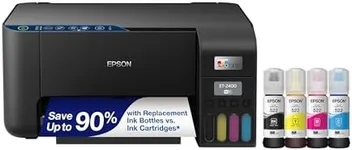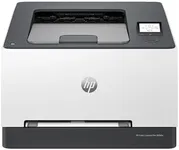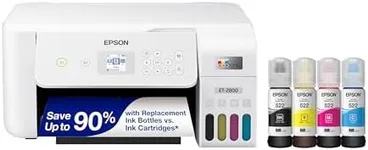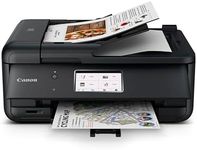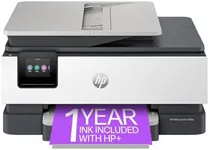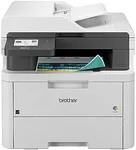Buying Guide for the Best Color Printer For Home
Choosing the right color printer for your home can be a bit overwhelming with the variety of options available. The key is to understand your specific needs and how different features and specifications can meet those needs. Whether you need a printer for occasional photo printing, regular document printing, or a mix of both, knowing what to look for will help you make an informed decision.Print Quality (Resolution)Print quality is measured in dots per inch (DPI). Higher DPI means better print quality, which is important if you plan to print photos or detailed graphics. For general home use, a printer with 600 DPI is usually sufficient. If you need high-quality photo prints, look for a printer with at least 1200 DPI. Consider what you will be printing most often to determine the right DPI for you.
Print SpeedPrint speed is measured in pages per minute (PPM). This spec is important if you need to print large volumes of documents quickly. For occasional home use, a printer with a speed of 10-20 PPM is usually adequate. If you frequently print large documents or need faster output, look for a printer with a higher PPM. Think about how often you print and how much time you can afford to wait for your prints.
Ink or Toner TypePrinters use either inkjet or laser technology. Inkjet printers use liquid ink and are generally better for high-quality color prints and photos. Laser printers use toner and are typically faster and more cost-effective for high-volume printing. If you print a lot of photos, an inkjet printer might be the best choice. For mostly text documents and occasional color prints, a laser printer could be more economical.
Connectivity OptionsModern printers offer various connectivity options such as USB, Wi-Fi, Bluetooth, and Ethernet. Wi-Fi and Bluetooth allow for wireless printing from multiple devices, which is convenient for home use. USB connections are reliable but limit you to printing from one device at a time. Consider how you plan to connect your devices to the printer and choose one that offers the most convenient options for your setup.
Paper HandlingPaper handling refers to the types and sizes of paper a printer can accommodate, as well as the capacity of its paper tray. If you plan to print on different types of paper (e.g., photo paper, envelopes), make sure the printer supports those formats. A larger paper tray means less frequent refilling, which is useful if you print a lot. Think about the types of documents you will print and how often you want to refill the paper tray.
Cost of ConsumablesThe cost of consumables includes ink or toner cartridges and paper. Some printers have a higher upfront cost but lower ongoing costs for consumables. Others may be cheaper initially but have expensive cartridges. Check the price and yield of replacement cartridges to estimate your long-term costs. Consider how often you print and how much you are willing to spend on consumables over time.
Additional FeaturesAdditional features such as scanning, copying, and faxing can add versatility to your printer. Some printers also offer duplex printing (printing on both sides of the paper) and automatic document feeders (ADF) for multi-page scanning and copying. If you need these extra functions, look for an all-in-one printer. Think about the additional tasks you might need your printer to perform and choose one that meets those needs.
